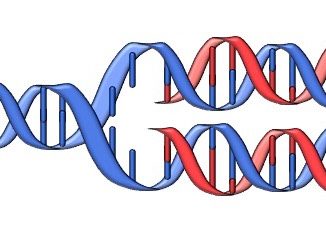
Semi-conservative DNA Replication
Introduction DNA is only one type of genetic information that is carried by humans and other living things. The bases of the DNA known as […]

Introduction DNA is only one type of genetic information that is carried by humans and other living things. The bases of the DNA known as […]
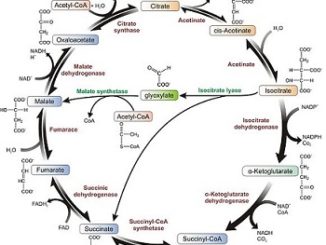
In plants, certain invertebrates and some microorganisms (including E. coli and yeast), acetate can serve both as an energy-rich fuel and as a source of […]
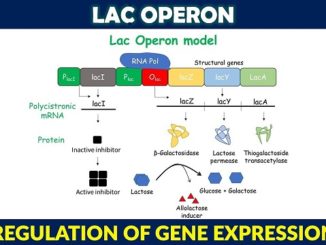
Regulation of gene expression involves two steps; transcription and translation to form a complete protein or enzyme. Some enzymes are required under certain conditions but […]
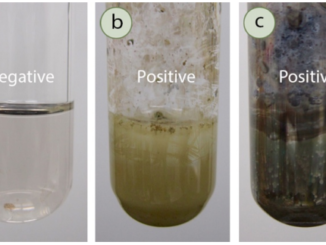
Tollen’s test is a chemical test used to distinguish reducing sugars from non-reducing sugars. It is also known as silver mirror test since free silver […]
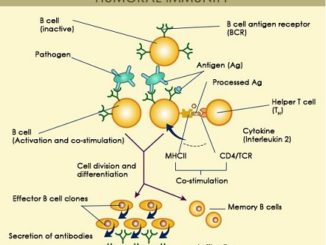
Antibody mediated immune response (AMI) and its effector functions Antibody-mediated immune response is the host defense mechanism that is mediated by antibodies present in the […]

Heavy-chain sequence analysis of an immunoglobulin molecule revealed five basic sequence patterns. These five basic sequences correspond to five different heavy-chain constant (C) regions named […]

S.N. Characteristics 70S Ribosomes 80S Ribosomes 1. Occurrence They occur in prokaryotic cells and in the mitochondria and plastids of eukaryotic cells. They occur only […]

Western blotting technique is used for the separation and identification of a specific protein in a complex mixture of proteins based on their molecular weight. […]
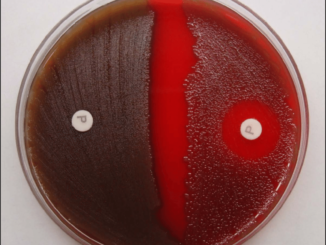
Principle: Optochin test is used to determine the effect of Optochin (ethylhydrocupreine hydrochloride) on an organism. Optochin is a chemical used as an antibiotic that […]
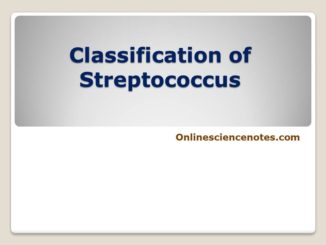
The genus Streptococcus includes a large number of species of Gram-positive, catalase negative cocci. They are non-motile and non-spore forming. They are arranged in chains […]
Copyright © 2025 | WordPress Theme by MH Themes